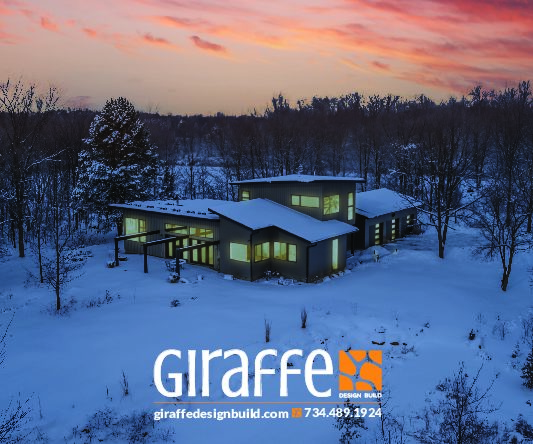When poet Jeff Kass leaves his house in Lower Burns Park in the middle of the night to practice his poetry, he sometimes wanders east across Packard to Upper Burns Park. As he shouts his poems into the darkness among the big, beautiful homes, he says it’s “sort of like walking into a fantasy.”
Real estate agent and Upper Burns Park resident Deb Odom Stern says there’s “roughly a $50,000 premium” to live on the east side of Packard–nicknamed the “tenured side” for its preponderance of U-M faculty. The lots and houses tend to be bigger, the park and school are there, and there’s a smaller percentage of U-M student housing compared to the lower side.
In his poem Gone, Kass–who is a creative writing teacher at Pioneer High School and director of literary arts programs at the Neutral Zone–writes to his long-lost high school friend about Upper Burns Park.
…It’s fresher
over here, quieter, the sky
more elegant, the grass–
well, let’s just say…
I’ll never be able to afford to live
on the tenured side and it’s too
delicious to wander through it
as if I belong when I don’t, to stroll
on the public thoroughfares
as is my right as an American
at 3 or 4 a.m., practicing poems
loudly, rumbling my shoulders,
pretending to wrestle the ghost
of my father on nothing-very-
special sidewalks that lip
the lawns of dreams.
Kass says he has never felt exclusivity or animosity on the east side of Packard. “But at the same time, I do feel in some ways like an intruder walking there,” he says. “And it’s motivating for me, because my art can be an intrusive force.” Still, he has no aspirations to move there. He loves how alive his neighborhood is on U-M football Saturdays, and he likes his neighbors–on both sides of Packard.
“The two sides seem to be getting closer socially rather than more divided,” says Joel Dalton, an entrepreneur who has lived in Lower Burns Park since 1995. With all the rehabs of homes on the lower side and residents of varied professional backgrounds–including tenured U-M professors–he doesn’t notice much of a difference.
What Dalton calls the neighborhood’s “two provinces” frequently collaborate on events like the Burns Park Run (he and his wife Jackie are codirectors) and shows by the Burns Park Players. But the lower side maintains its own identity. When Anne Berggren, who taught at U-M, and her attorney husband Kurt moved to Lower Burns Park in 1976 to raise their family, they bonded with other young families in a babysitting co-op. Today, she says Lower Burns Park neighbors stay connected through an active neighborhood association and block parties.
Mary Bisbee-Beek, a book publicist, and her musician husband, Randall Beek, moved to Ann Arbor seven years ago. They rented in Lower Burns Park for a couple years while they researched other neighborhoods, only to buy a house four doors down. She says friendly neighbors, proximity to the campus and downtown, and great dog-walking routes were a few reasons they settled on the lower side. Walking is a popular pastime for residents on both sides of Packard, she says.
Upper Burns Park resident Linda Walker, who has lived in the same house for almost forty years, often walks even farther northeast through Upper-Upper Burns Park–known as Ives Woods–to experience its “rarefied air” and gated mansions. “I guess it’s human nature to walk ‘up,'” she says. She wonders where Ives Woods residents walk. “Maybe they get in their cars and drive to Barton Hills,” she laughs.

